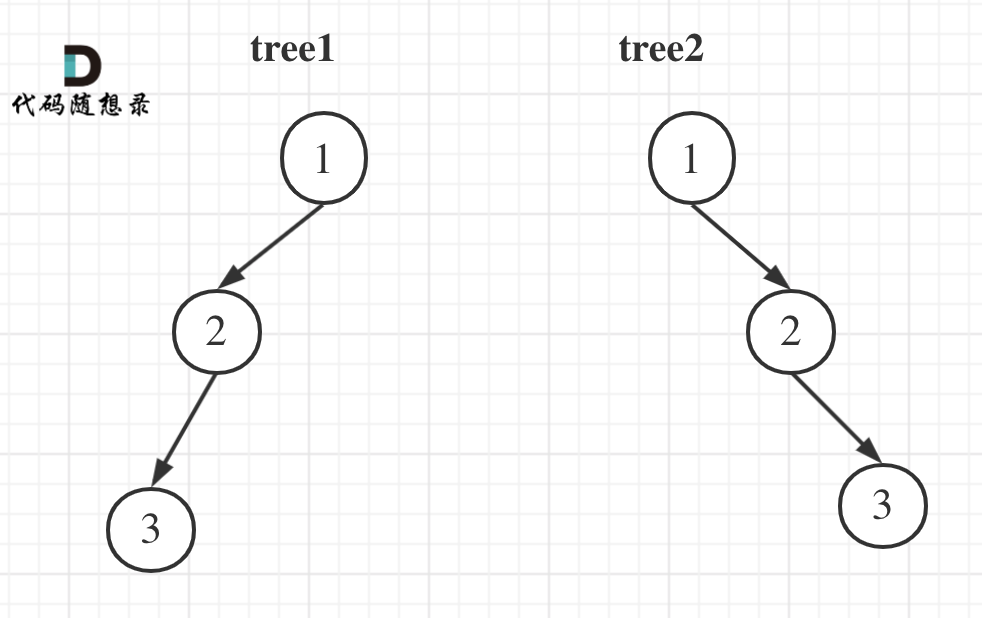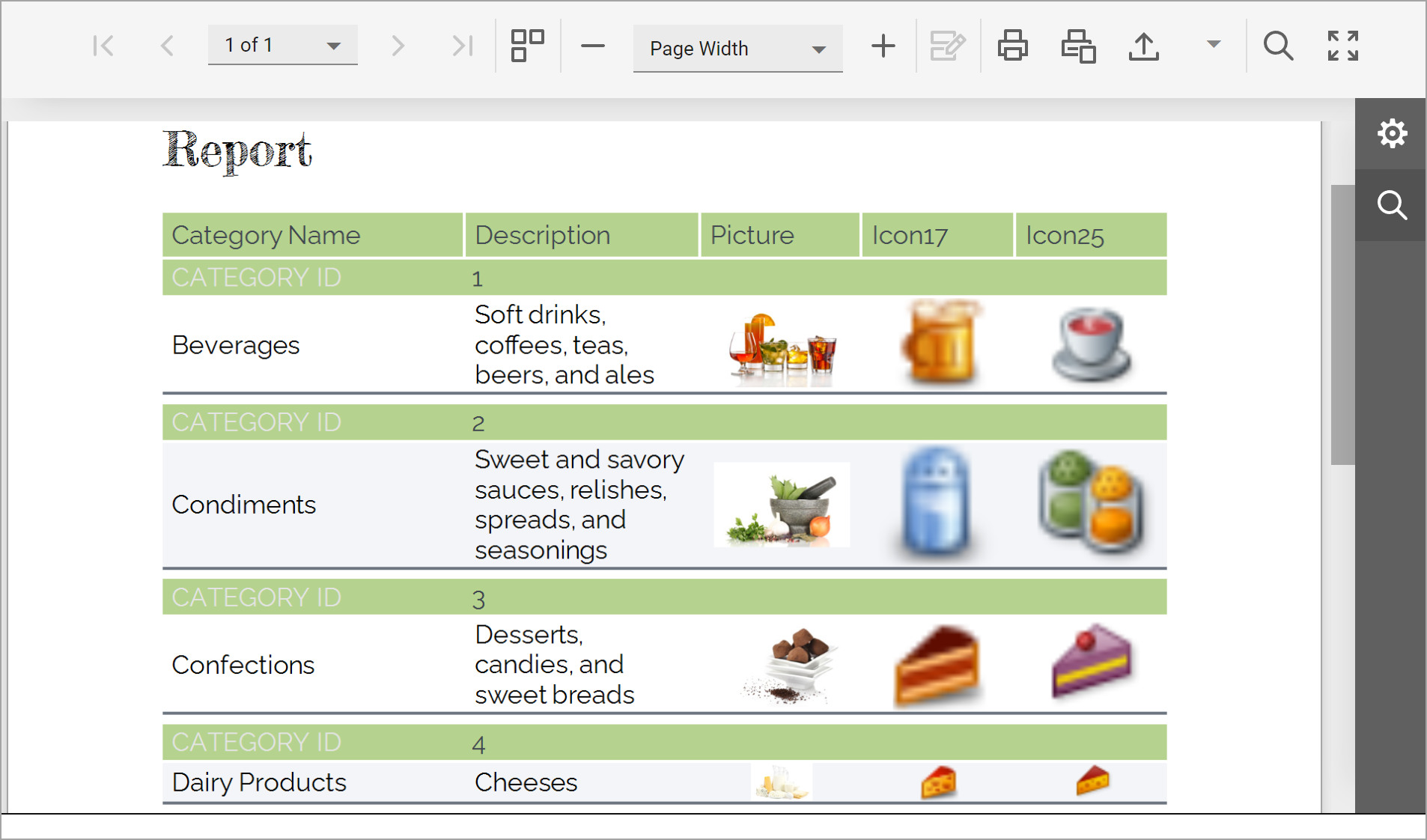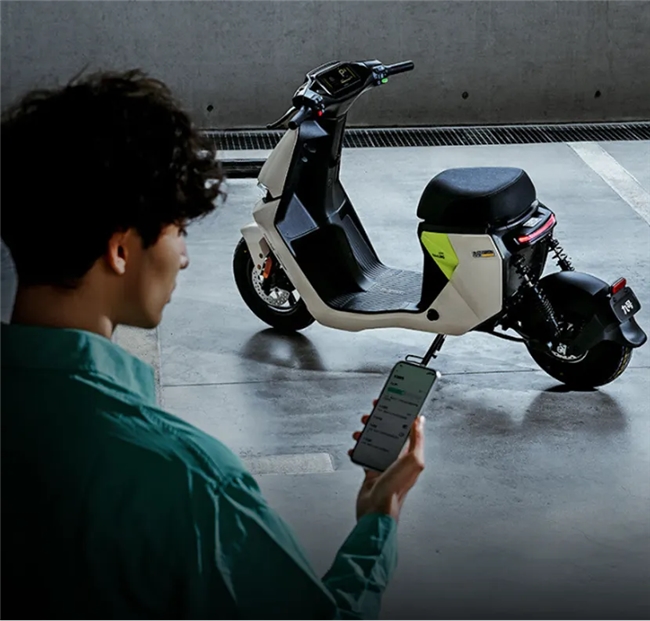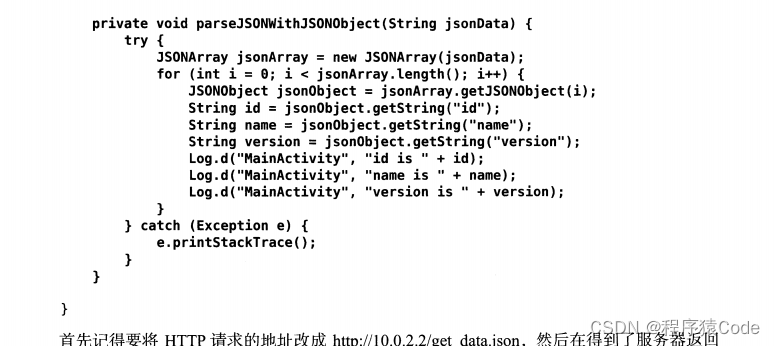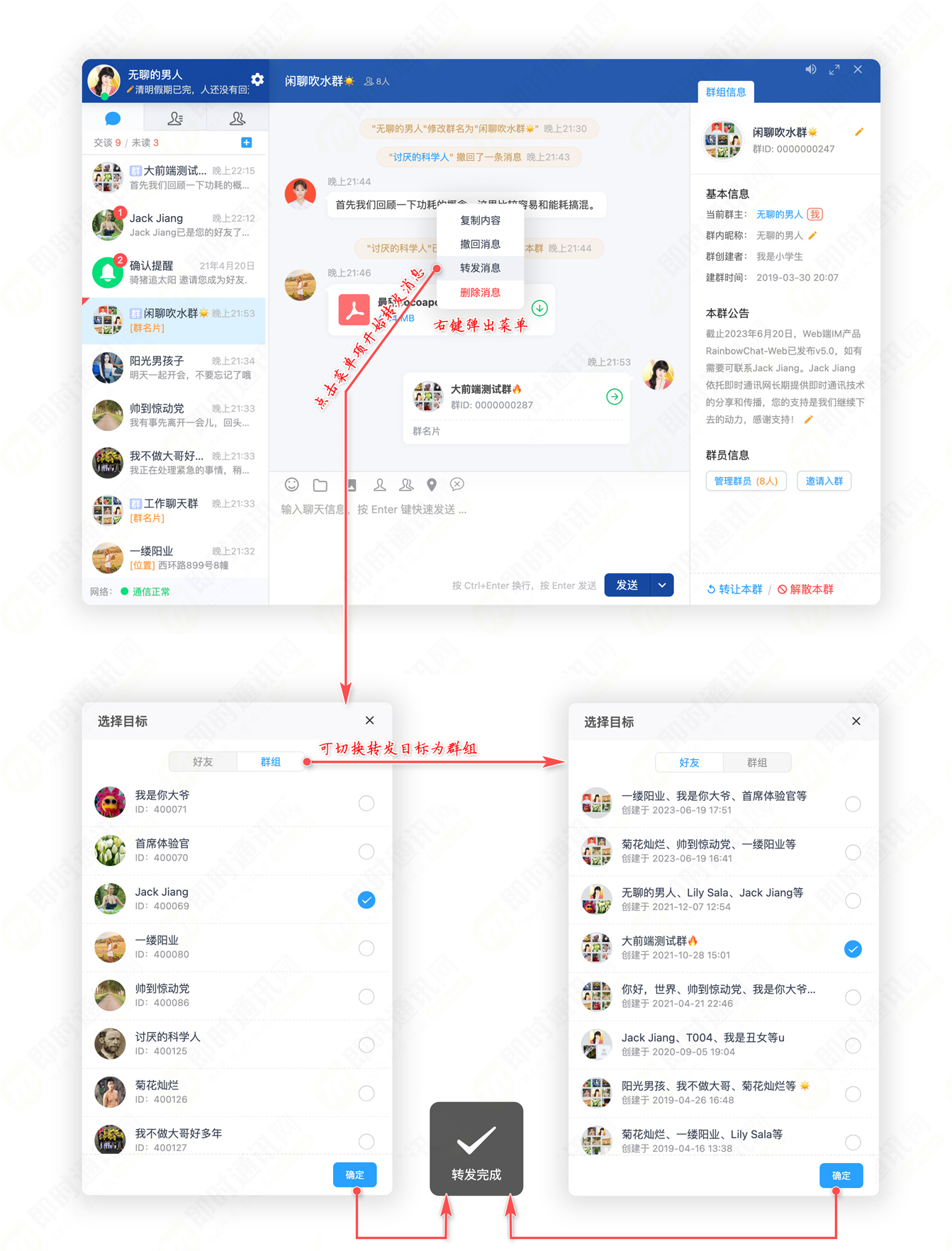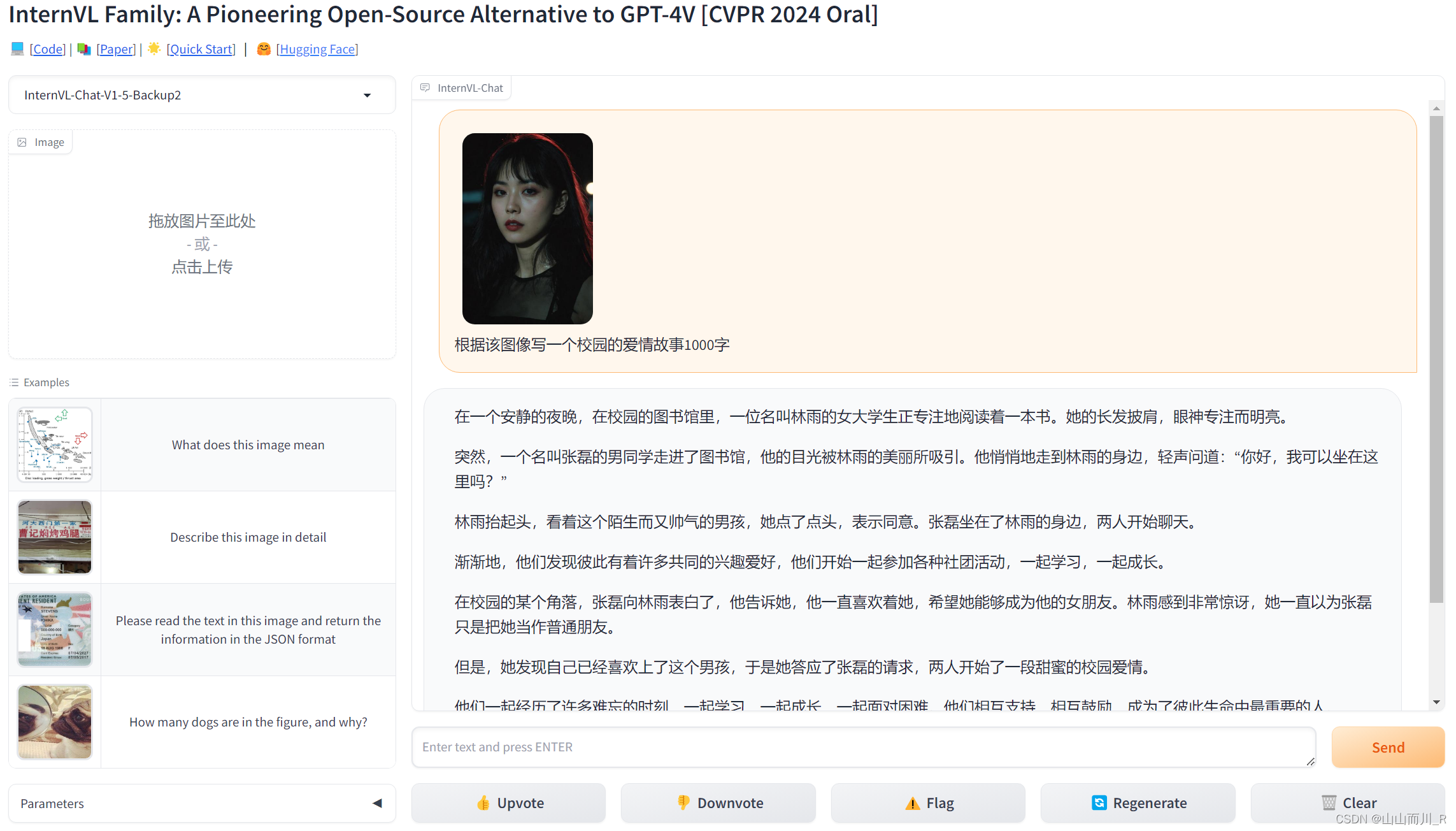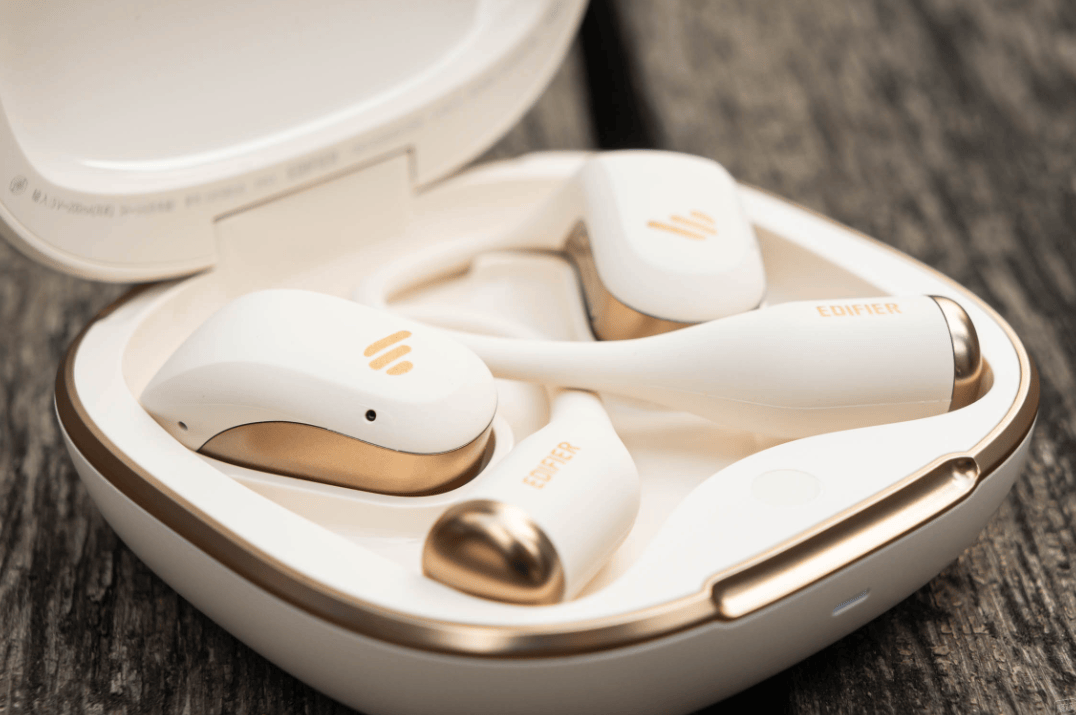最近研究了一个项目,利用python代码实现指针式圆形仪表的自动读数,并将读数结果进行输出,若需要完整数据集和源代码可以私信。
目录
🍓🍓1.yolov8实现圆盘形仪表智能读数
🙋🙋2.仪表目标检测
🍋2.1准备数据
🍋2.2模型选择
🍋2.3加载预训练模型
🍋2.4数据组织
🍉🍉3.目标检测训练代码
整理不易,欢迎一键三连!!!
送你们一条美丽的--分割线--
🍓🍓1.yolov8实现圆盘形仪表智能读数
实现的效果如下:
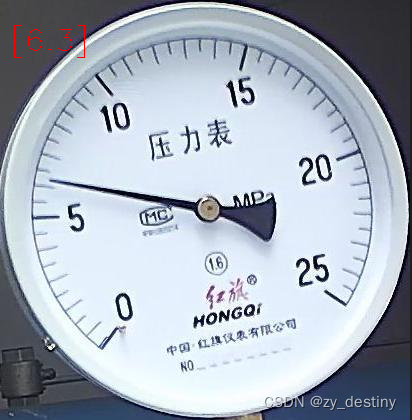

对整个项目来说,可分为三个大步骤:
- 仪表目标检测
- 仪表表盘指针分割
- 计算读数
此篇先将仪表目标检测,将原图中的表盘识别出来。
🙋🙋2.仪表目标检测
首先第一步,对原始影像中的仪表进行目标识别,具体使用的模型我们采用YOLOv8,当然可以换其他模型,这里就以YOLOv8为示例进行仪表目标检测任务进行讲解。
🍋2.1准备数据
使用的数据集如下所示:
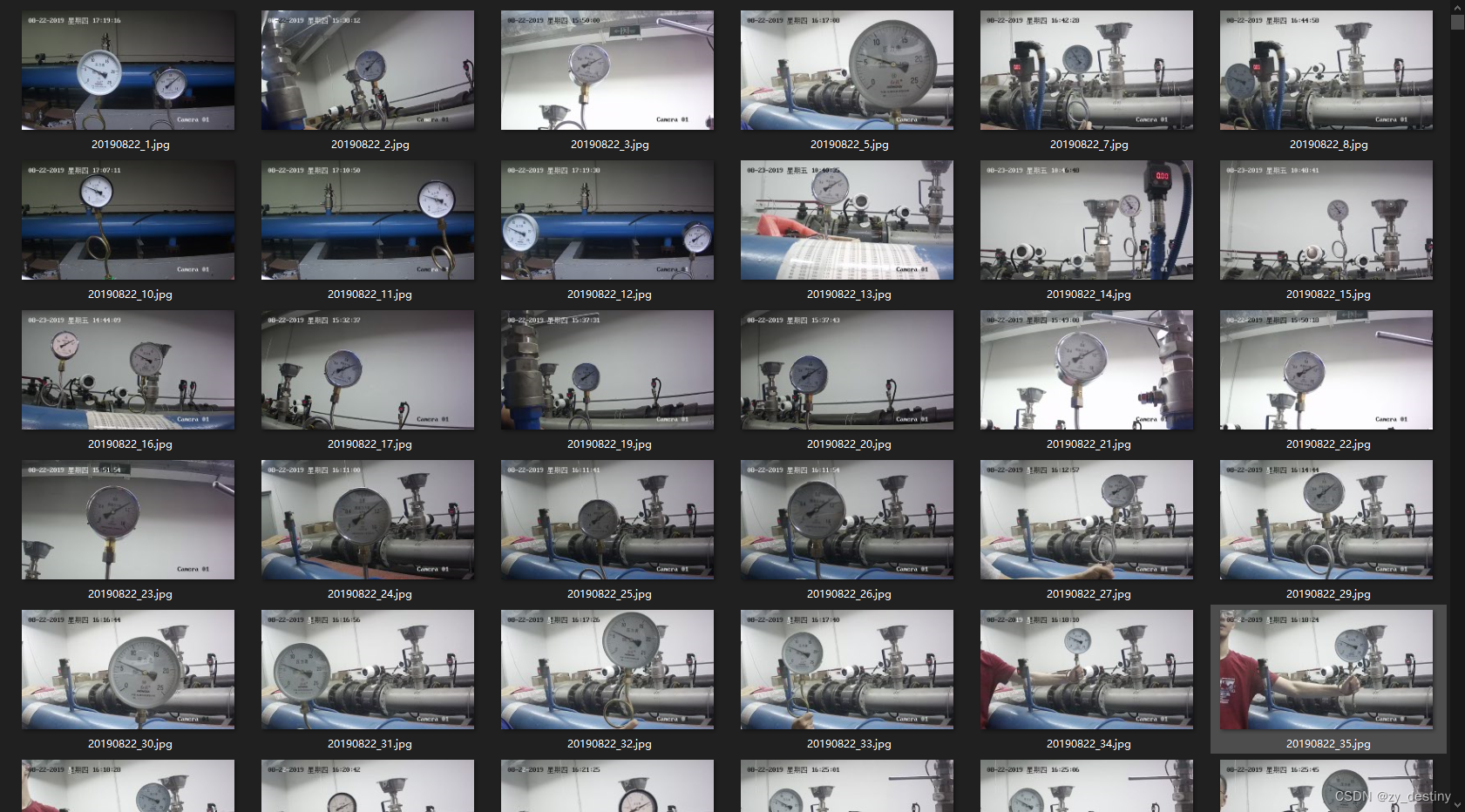
label部分采用YOLO格式的txt文件,格式如下所示:
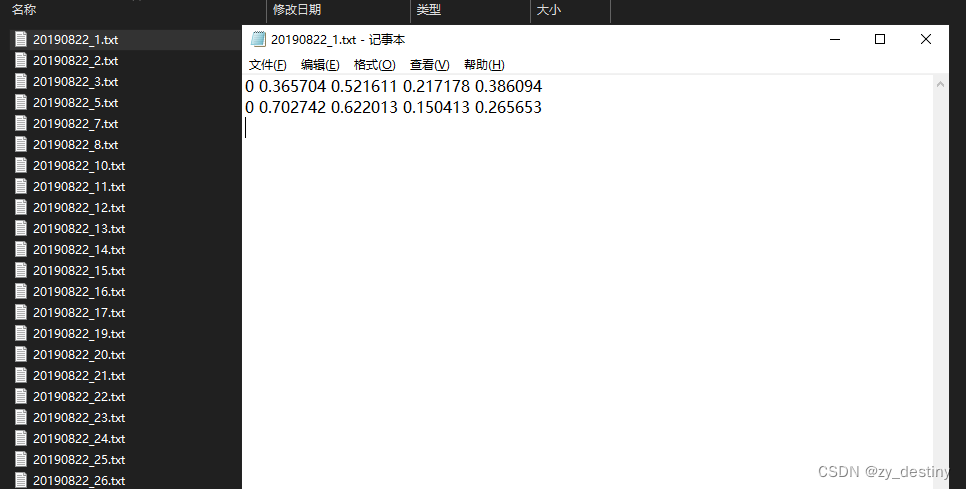
🍋2.2模型选择
以YOLOv8n为例,模型选择代码如下:
model = YOLO('yolov8n.yaml') # build a new model from YAML
model = YOLO('yolov8n.pt') # load a pretrained model (recommended for training)
model = YOLO('yolov8n.yaml').load('yolov8n.pt') # build from YAML and transfer weights其中yolov8n.yaml为./ultralytics/cfg/models/v8/yolov8n.yaml,可根据自己的数据进行模型调整,打开yolov8n.yaml显示内容如下:
# Ultralytics YOLO 🚀, AGPL-3.0 license
# YOLOv8 object detection model with P3-P5 outputs. For Usage examples see https://docs.ultralytics.com/tasks/detect
# Parameters
nc: 7 # number of classes
scales: # model compound scaling constants, i.e. 'model=yolov8n.yaml' will call yolov8.yaml with scale 'n'
# [depth, width, max_channels]
n: [0.33, 0.25, 1024] # YOLOv8n summary: 225 layers, 3157200 parameters, 3157184 gradients, 8.9 GFLOPs
s: [0.33, 0.50, 1024] # YOLOv8s summary: 225 layers, 11166560 parameters, 11166544 gradients, 28.8 GFLOPs
m: [0.67, 0.75, 768] # YOLOv8m summary: 295 layers, 25902640 parameters, 25902624 gradients, 79.3 GFLOPs
l: [1.00, 1.00, 512] # YOLOv8l summary: 365 layers, 43691520 parameters, 43691504 gradients, 165.7 GFLOPs
x: [1.00, 1.25, 512] # YOLOv8x summary: 365 layers, 68229648 parameters, 68229632 gradients, 258.5 GFLOPs
# YOLOv8.0n backbone
backbone:
# [from, repeats, module, args]
- [-1, 1, Conv, [64, 3, 2]] # 0-P1/2
- [-1, 1, Conv, [128, 3, 2]] # 1-P2/4
- [-1, 3, C2f, [128, True]]
- [-1, 1, Conv, [256, 3, 2]] # 3-P3/8
- [-1, 6, C2f, [256, True]]
- [-1, 1, Conv, [512, 3, 2]] # 5-P4/16
- [-1, 6, C2f, [512, True]]
- [-1, 1, Conv, [1024, 3, 2]] # 7-P5/32
- [-1, 3, C2f, [1024, True]]
- [-1, 1, SPPF, [1024, 5]] # 9
# YOLOv8.0n head
head:
- [-1, 1, nn.Upsample, [None, 2, "nearest"]]
- [[-1, 6], 1, Concat, [1]] # cat backbone P4
- [-1, 3, C2f, [512]] # 12
- [-1, 1, nn.Upsample, [None, 2, "nearest"]]
- [[-1, 4], 1, Concat, [1]] # cat backbone P3
- [-1, 3, C2f, [256]] # 15 (P3/8-small)
- [-1, 1, Conv, [256, 3, 2]]
- [[-1, 12], 1, Concat, [1]] # cat head P4
- [-1, 3, C2f, [512]] # 18 (P4/16-medium)
- [-1, 1, Conv, [512, 3, 2]]
- [[-1, 9], 1, Concat, [1]] # cat head P5
- [-1, 3, C2f, [1024]] # 21 (P5/32-large)
- [[15, 18, 21], 1, Detect, [nc]] # Detect(P3, P4, P5)
主要需要修改的地方为nc,也就是num_class,此处如果是自己的表盘识别数据,那就要换成类别为1。
如果其他的模型参数不变的话,就默认保持原版yolov8,需要改造模型结构的大佬请绕行。
🍋2.3加载预训练模型
加载预训练模型yolov8n.pt,可以在第一次运行时自动下载,如果受到下载速度限制,也可以自行下载好(下载链接),放在对应目录下即可。
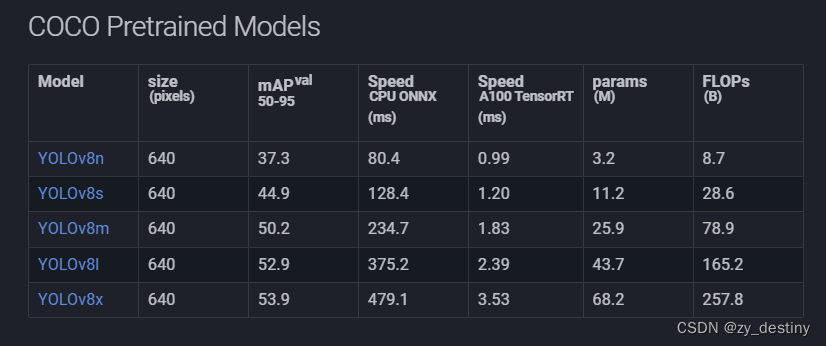
🍋2.4数据组织
yolov8还是以yolo格式的数据为例,./ultralytics/cfg/datasets/data.yaml的内容示例如下:
# Train/val/test sets as 1) dir: path/to/imgs, 2) file: path/to/imgs.txt, or 3) list: [path/to/imgs1, path/to/imgs2, ..]
path: ../datasets/coco8 # dataset root dir
train: images/train # train images (relative to 'path') 4 images
val: images/val # val images (relative to 'path') 4 images
test: # test images (optional)
# Classes (80 COCO classes)
names:
0: person
1: bicycle
2: car
# ...
77: teddy bear
78: hair drier
79: toothbrush要注意此处的names是从0开始的,如果是0-79,那上面模型选择的nc=80。这里要特别小心。
训练时的数据加载方式为:
# Train the model
results = model.train(data='data.yaml', epochs=50, imgsz=640)🍉🍉3.目标检测训练代码
准备好数据和模型之后,就可以开始训练了,train.py的内容显示为:
from ultralytics import YOLO
# Load a model
model = YOLO('yolov8n.yaml') # build a new model from YAML
model = YOLO('yolov8n.pt') # load a pretrained model (recommended for training)
model = YOLO('yolov8n.yaml').load('yolov8n.pt') # build from YAML and transfer weights
# Train the model
results = model.train(data='data.yaml', epochs=50, imgsz=640)训练完成后的结果如下所示:
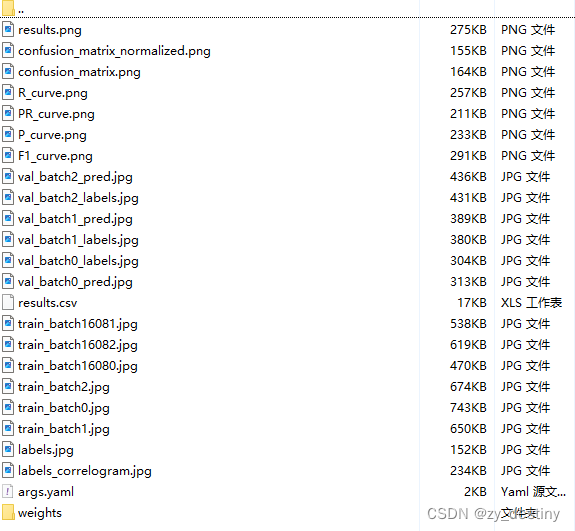
其中weights文件夹内hi包含2个模型,一个best.pth,一个last.pth。

模型预测效果如下:
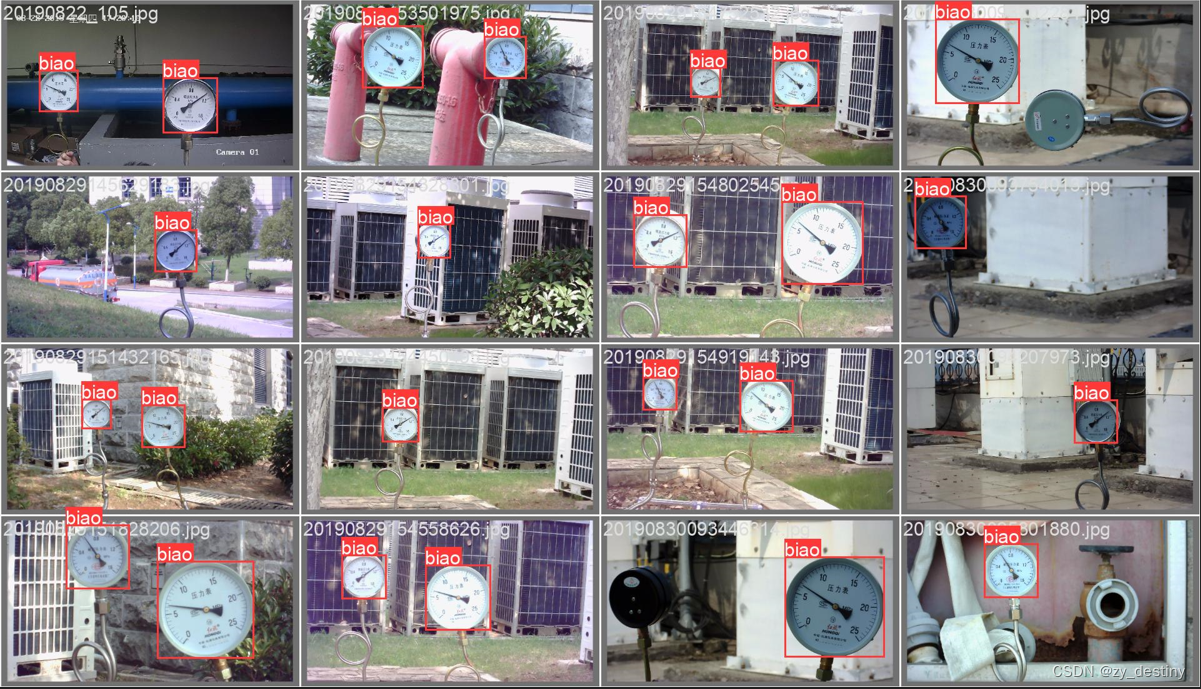
为了方便下一步的像素级表盘分割任务,可以将框内的表盘提取并裁剪出来,方便后续使用。
下一篇:YOLOv8实现仪表盘实例分割
整理不易,欢迎一键三连!!!
送你们一条美丽的--分割线--
🌷🌷🍀🍀🌾🌾🍓🍓🍂🍂🙋🙋🐸🐸🙋🙋💖💖🍌🍌🔔🔔🍉🍉🍭🍭🍋🍋🍇🍇🏆🏆📸📸⛵⛵⭐⭐🍎🍎👍👍🌷🌷

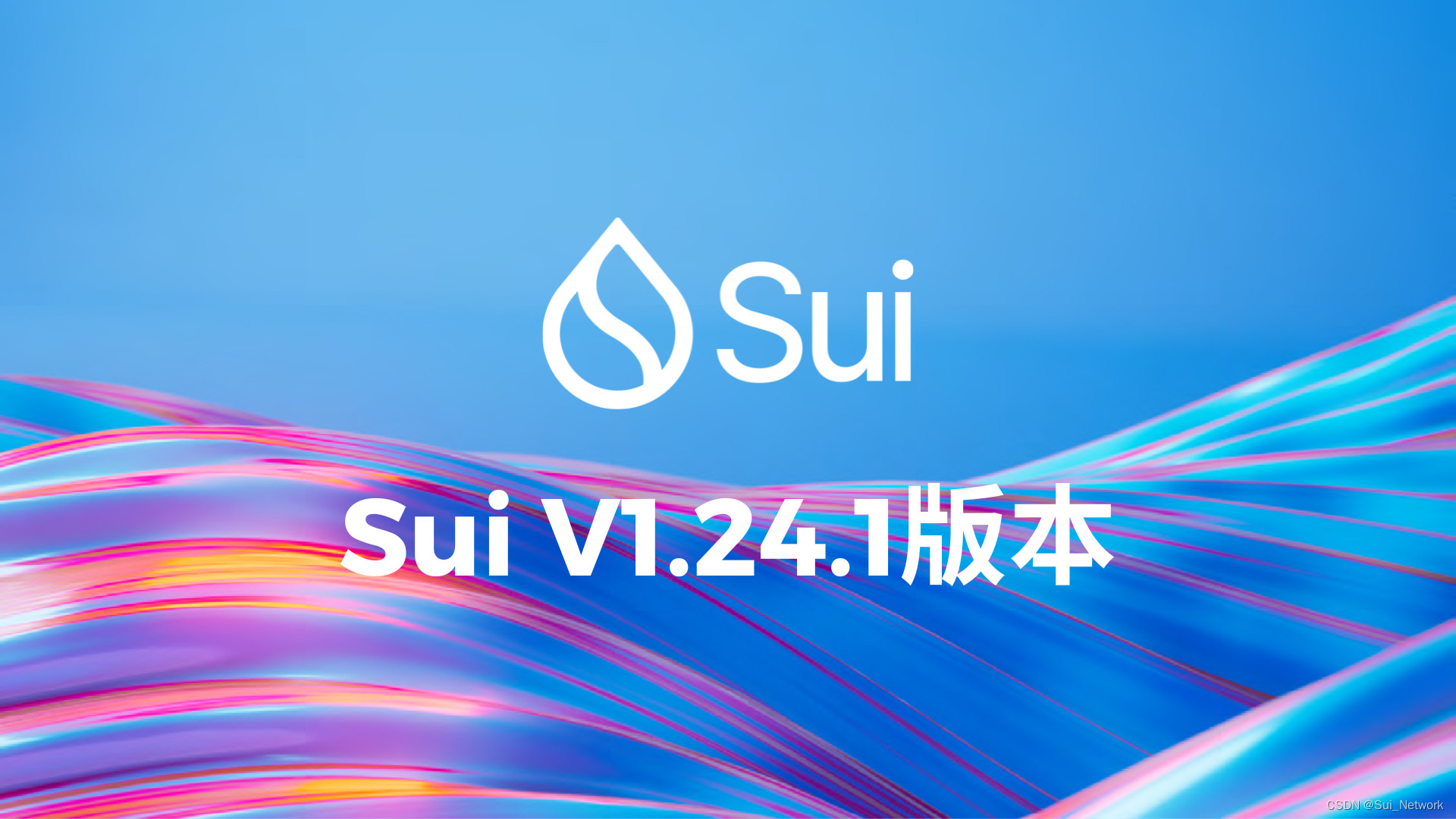
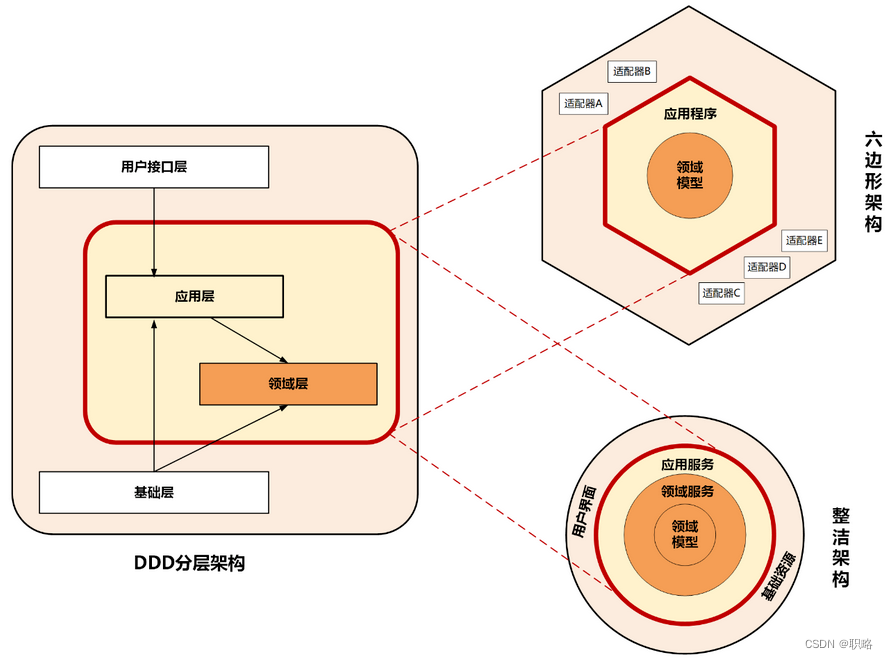

![[图解]SysML和EA建模住宅安全系统-01](https://img-blog.csdnimg.cn/direct/4245f31a7c5b4562a3840ca0f0ffcf6e.png)

